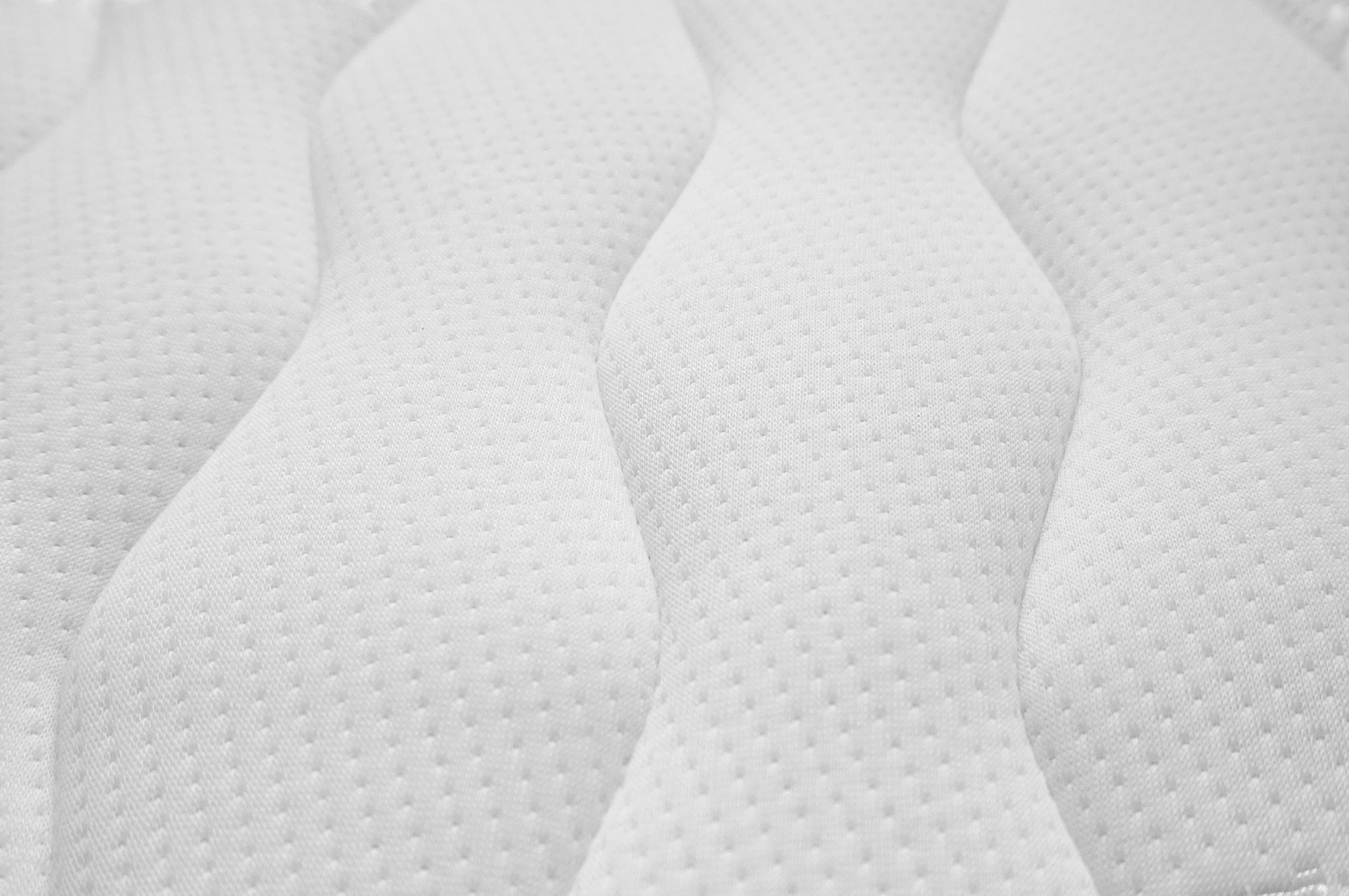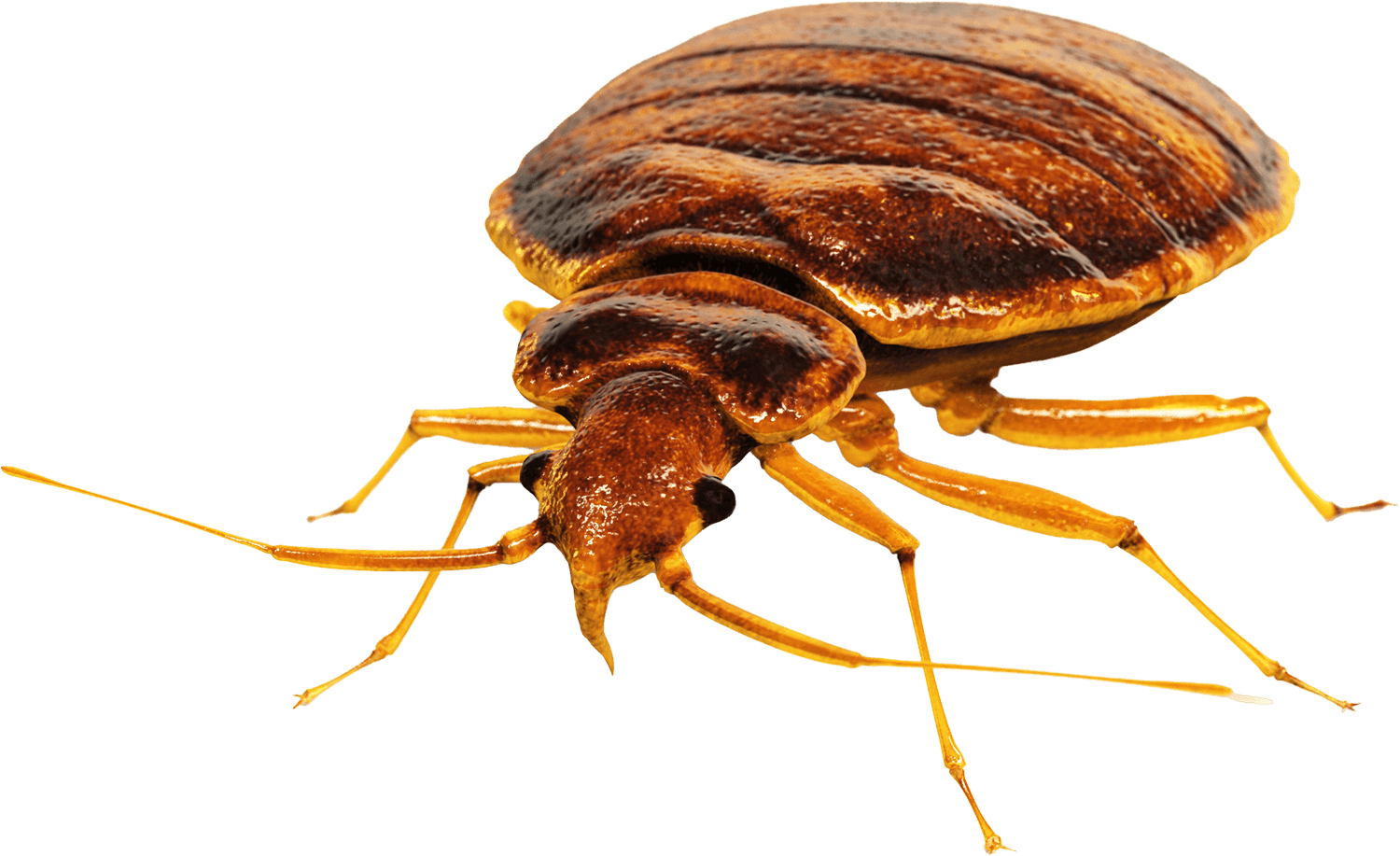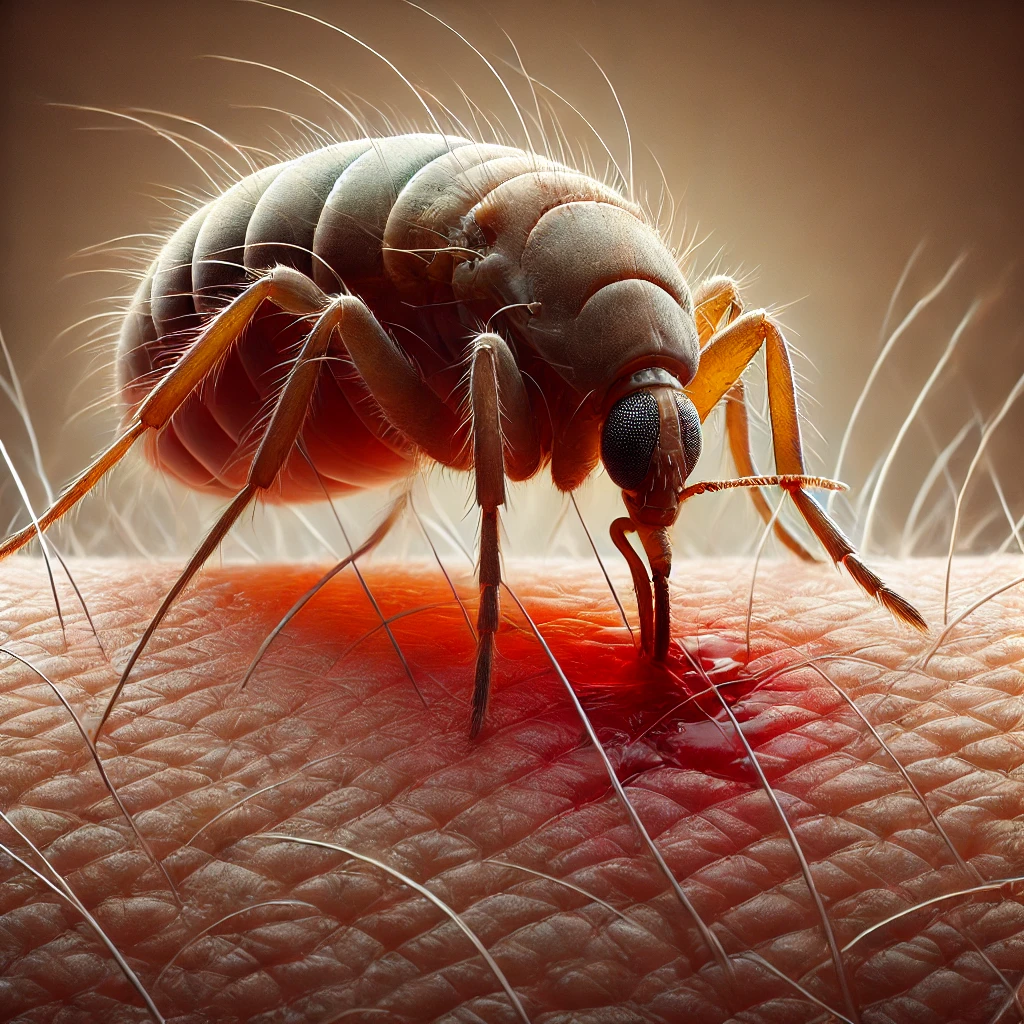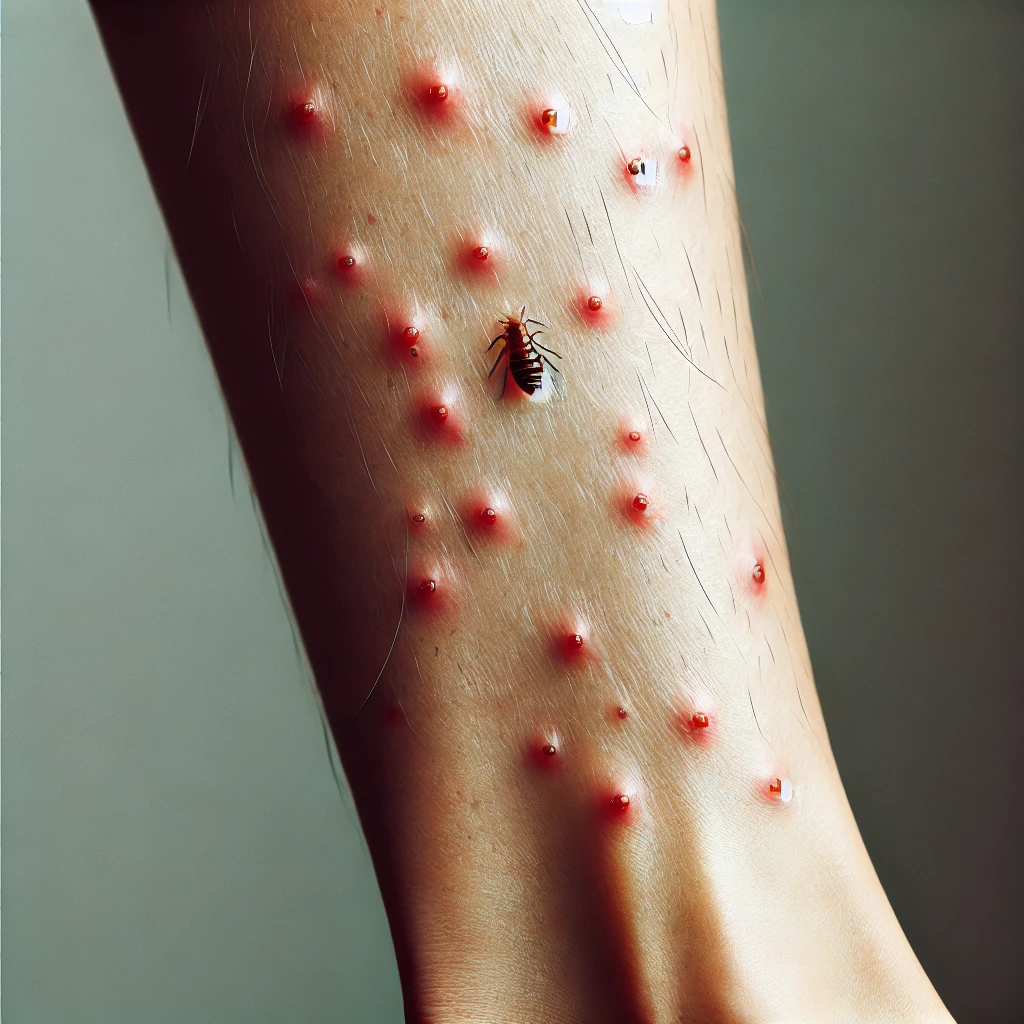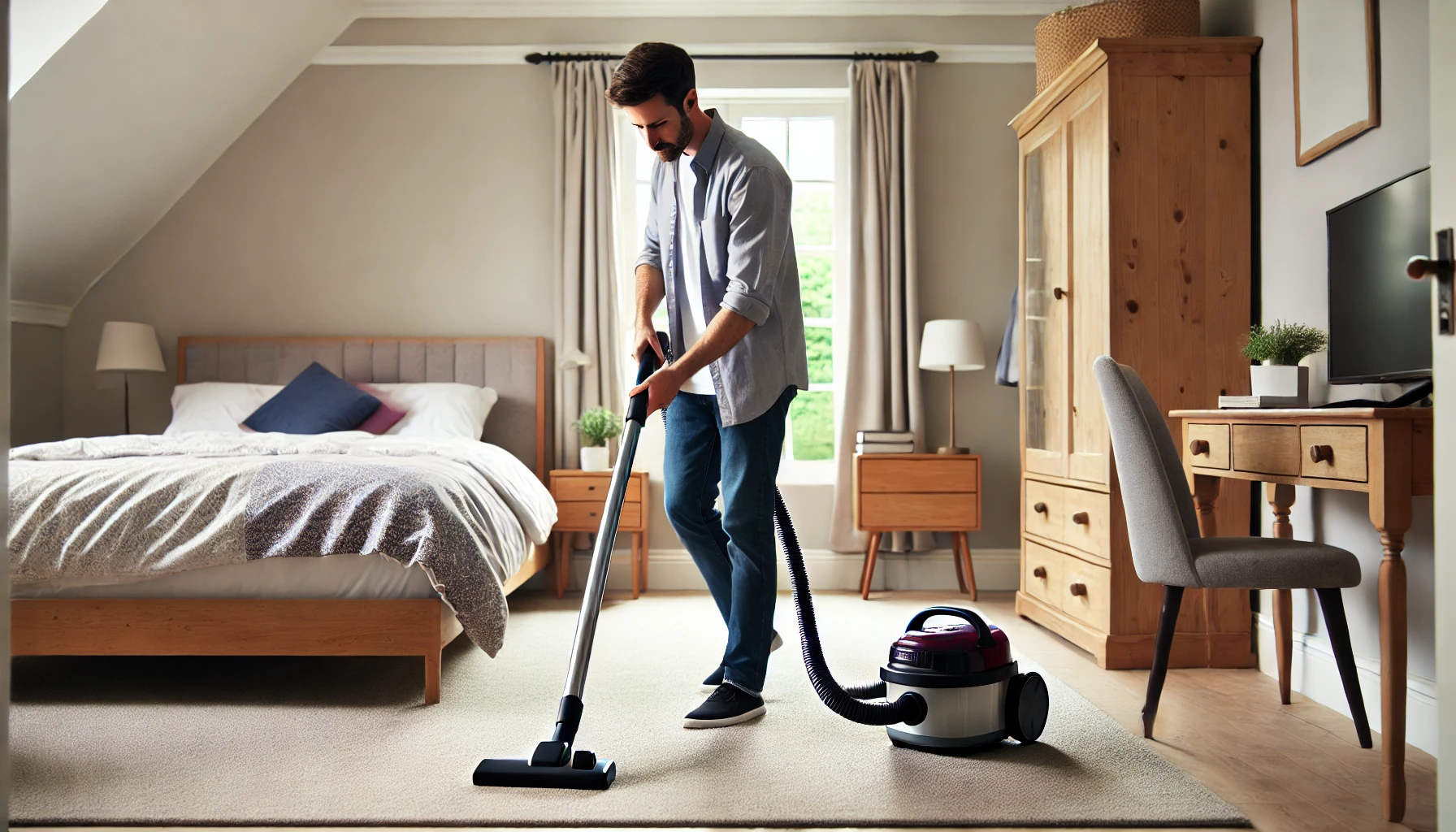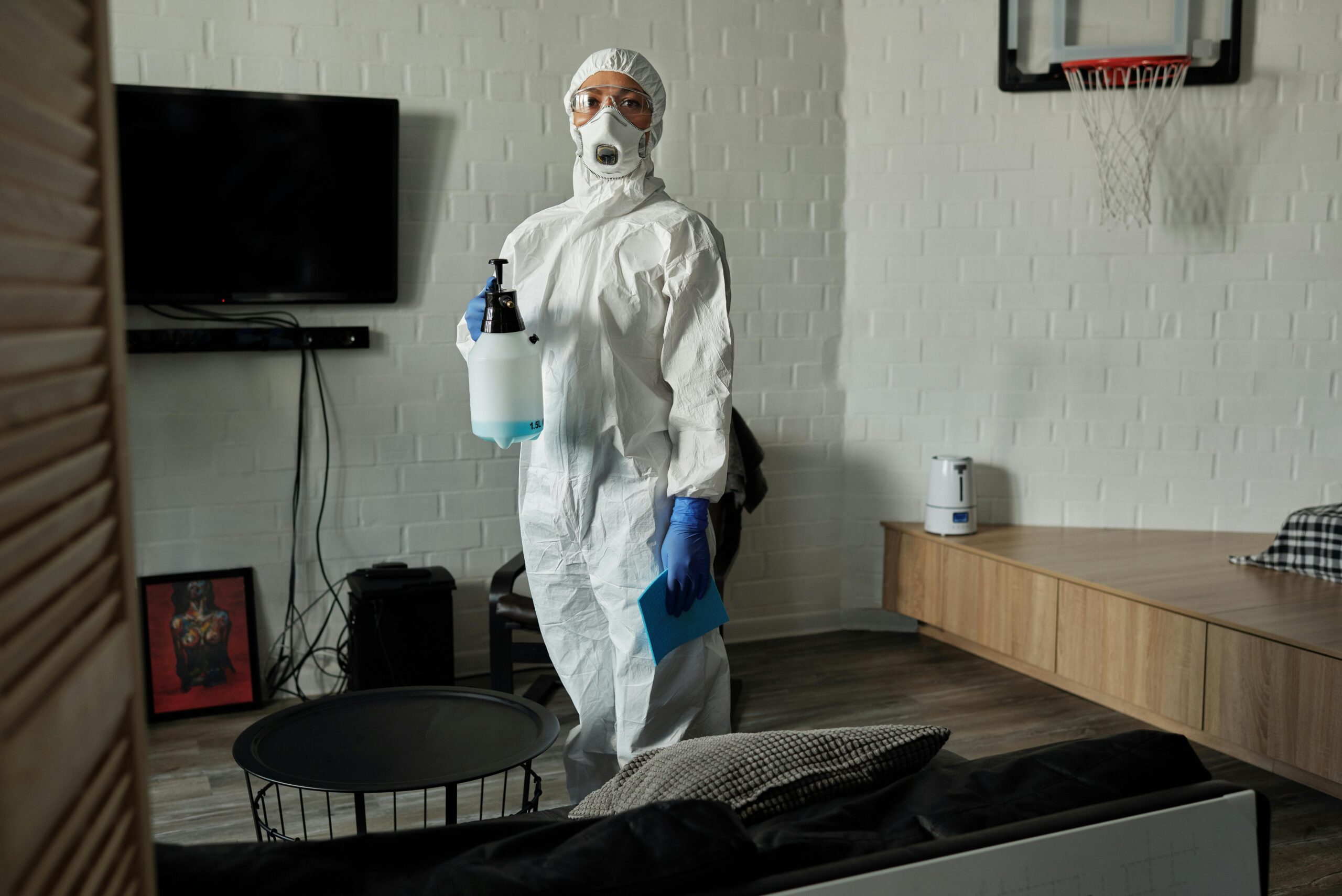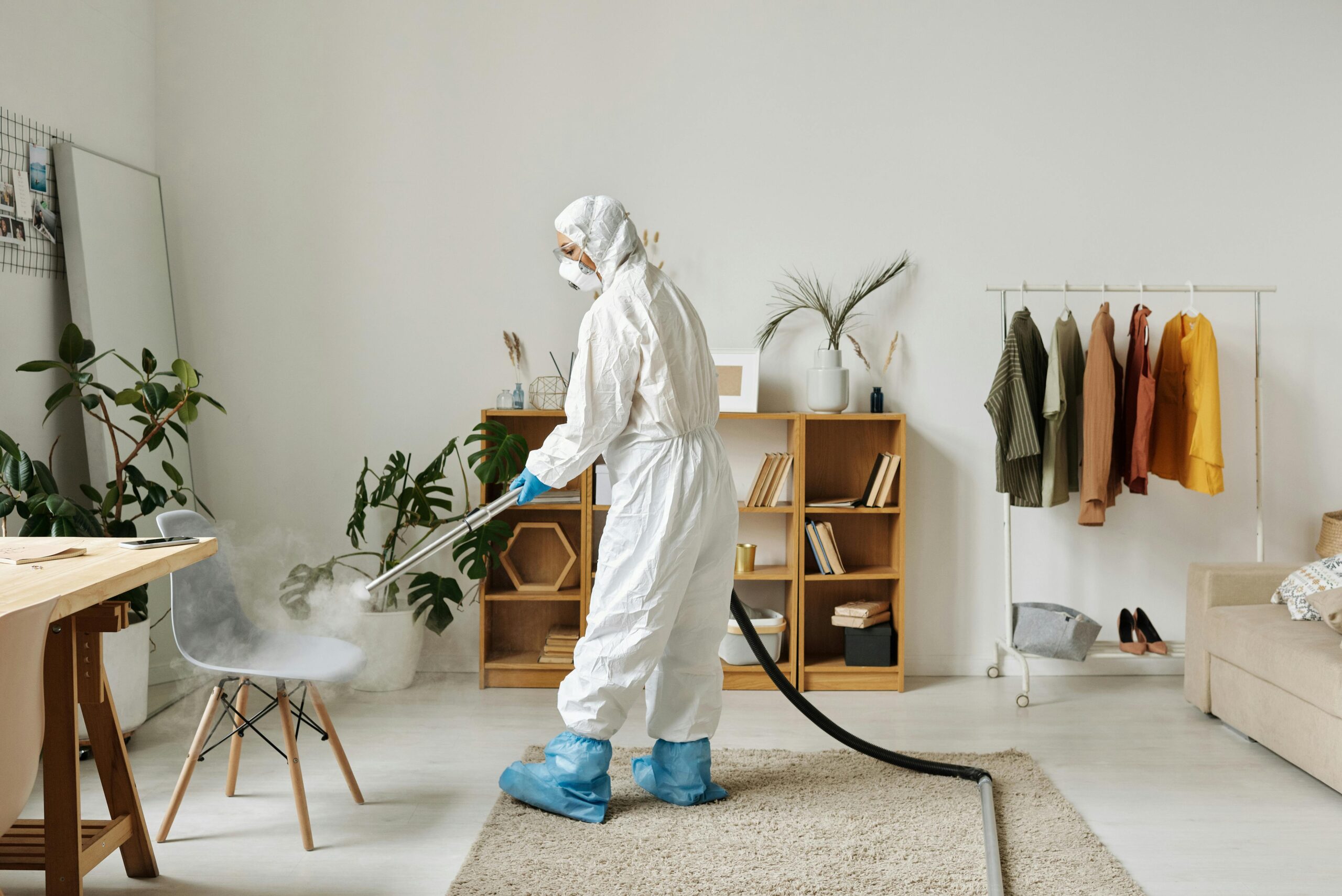5
Vacuum
Vacuum floors and soft furniture (i.e. sofas, rugs) thoroughly throughout the property. Be particularly thorough in the effected bedroom(s), ensuring you vacuum the mattress, under the bed, where the floor meets the wall at the edges of the room and where there are gaps in floorboards, then dispose of hoover contents straight away. This will help reduce the number eggs, larvae and adult bed bugs before we arrive. This will also aid the effectiveness of the treatment as dust can act as a barrier to the insecticide.
